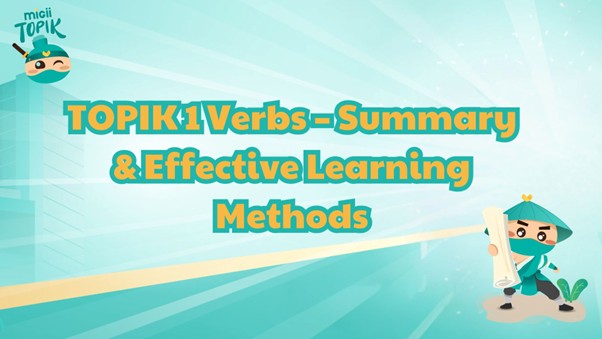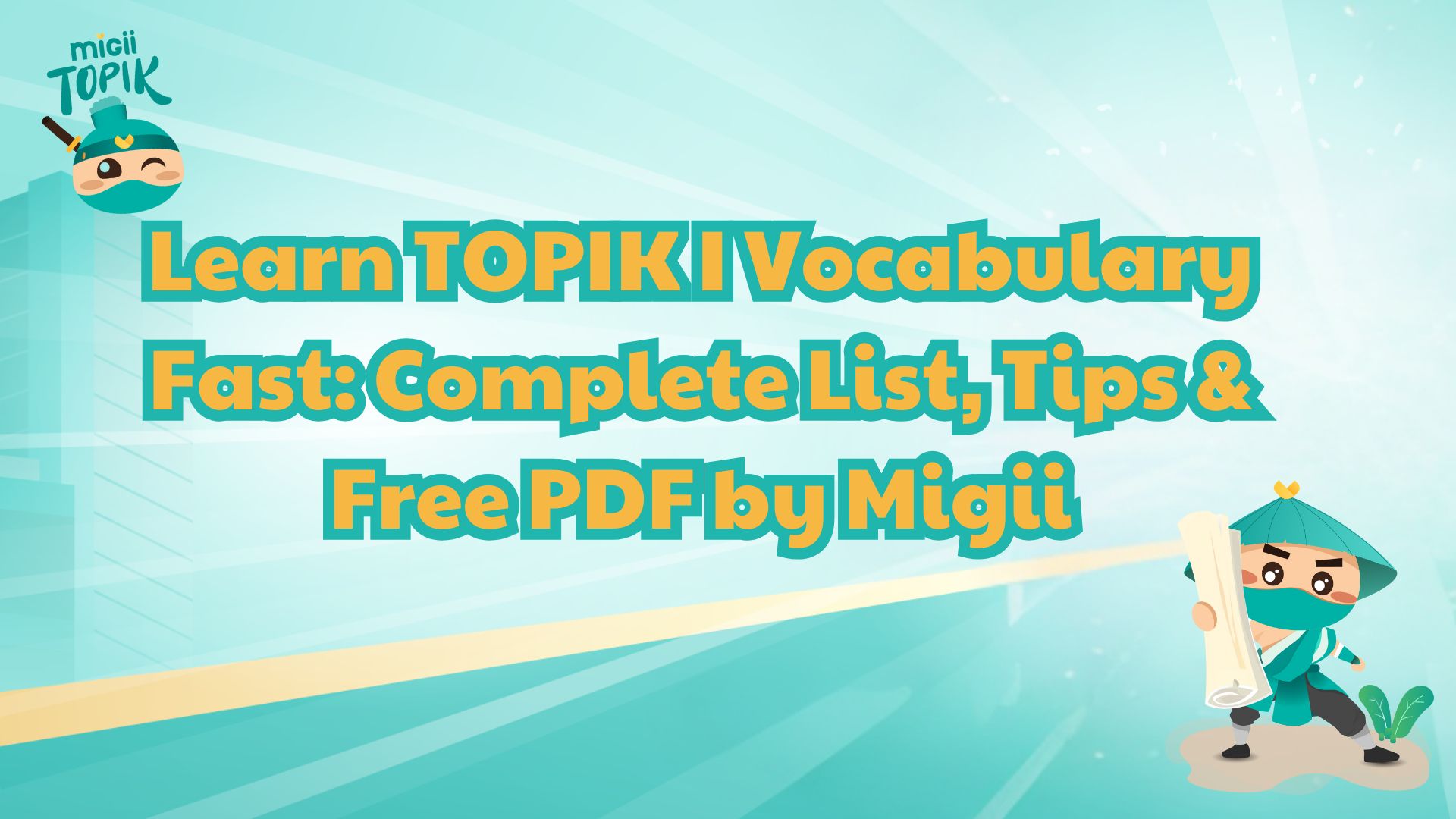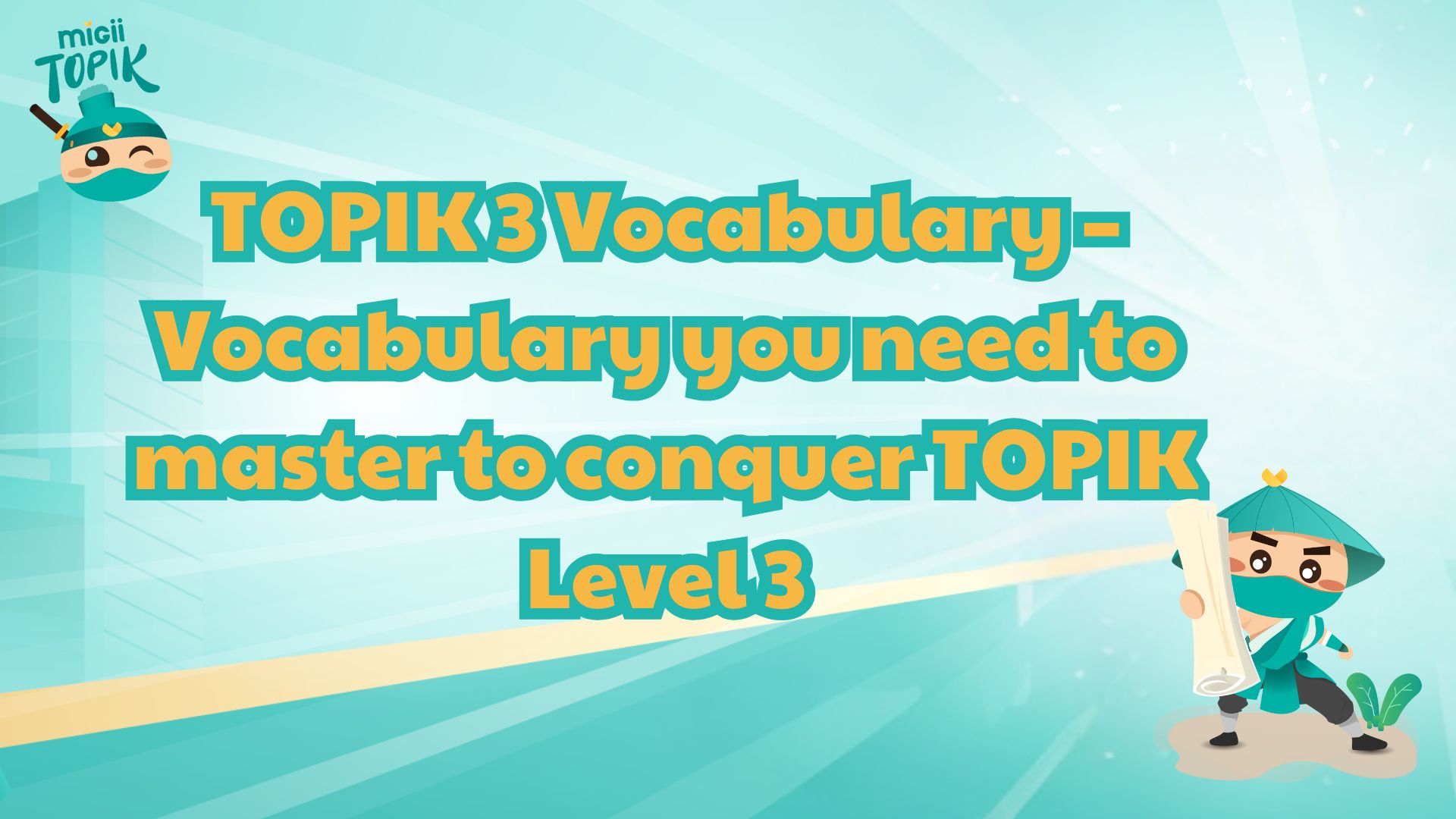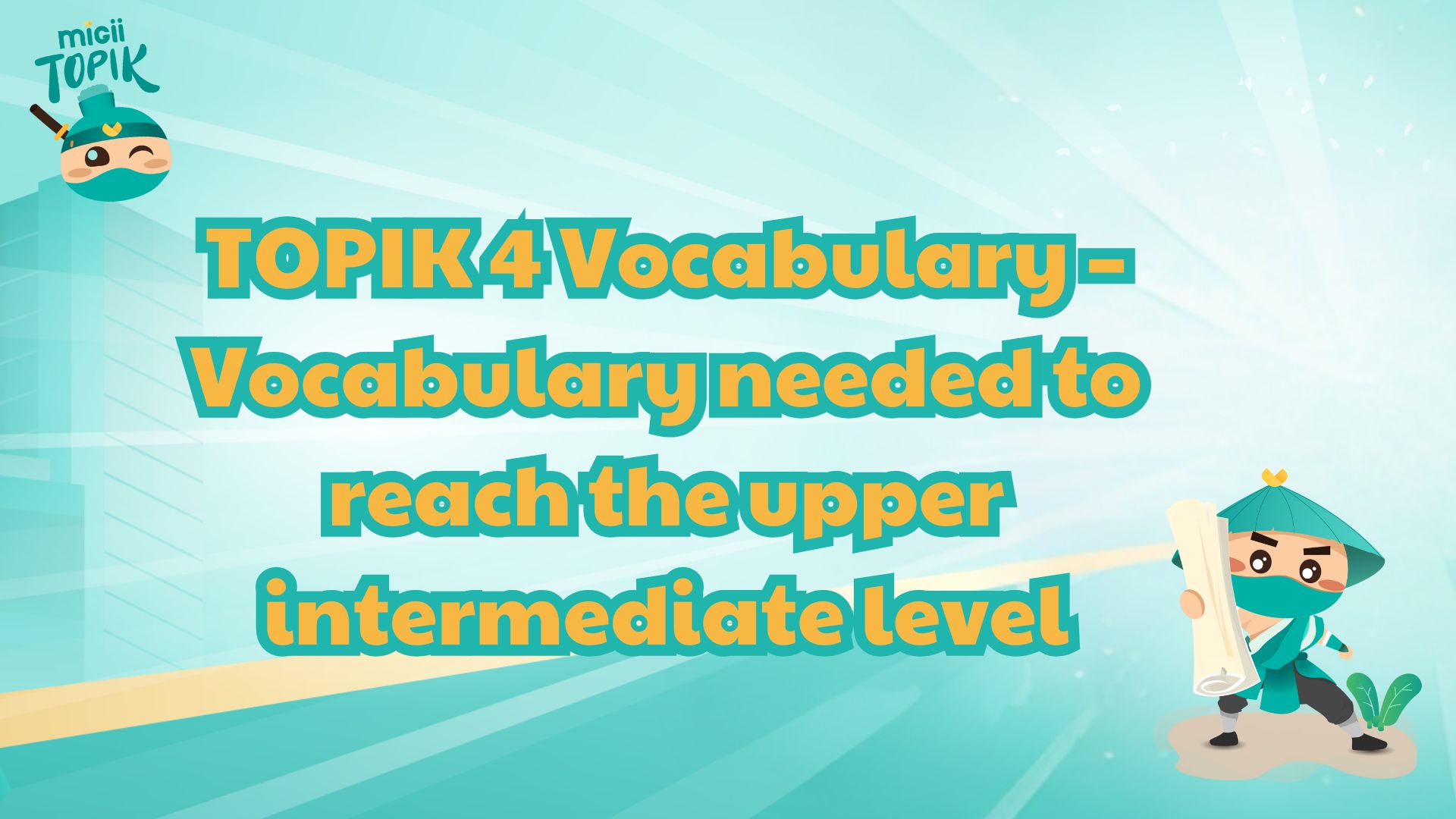Mastering JLPT N3 verbs is essential for improving your Japanese skills and understanding intermediate grammar. This guide covers all verb types, examples, and practical usage to make learning easier. With clear explanations and organized lists, you can build confidence in reading and speaking. Explore and learn more about JLPT N3 verbs with Migii.
What are JLPT N3 verbs and why does it matter?
JLPT N3 verbs consist of around 500 - 600 essential verbs for intermediate learners, covering daily life and practical communication. They include Ichidan (ru-verbs), Godan (u-verbs), and irregular verbs, each with distinct conjugation patterns. Mastering these verbs is crucial for forming correct sentences in speaking and writing. Without them, understanding and expressing ideas in Japanese becomes challenging.
These verbs form the foundation of grammar and sentence structure. Learning N3 verbs allows learners to convey actions, intentions, and states clearly. Studying example sentences helps grasp past, negative, and conditional forms naturally. This practice builds confidence and fluency in everyday Japanese conversations.
N3 verbs also improve reading and listening comprehension significantly. They frequently appear in exam questions, media, and spoken interactions. Regular practice helps distinguish between similar verbs and prevents common mistakes. Mastery of these verbs sets a solid base for progressing to higher proficiency levels.
JLPT N3 verbs are essential for intermediate Japanese communication
Categories of JLPT N3 Verbs
JLPT N3 verbs cover a crucial set of verbs that intermediate learners must master to communicate effectively. Below are the main types of JLPT N3 verbs with clear explanations and examples.
Ichidan verbs (ru-verbs)
Ichidan verbs, or る-verbs, are a group of Japanese verbs with a simple and predictable conjugation pattern. They typically end in -iru or -eru before the -ru, making it easy to form polite, negative, and -te forms. Learning Ichidan verbs first is helpful because of their consistency and frequency in everyday Japanese.
Examples:
- 食べる (taberu – eat)
- 見る (miru – see)
- 寝る (neru – sleep)
- 起きる (okiru – wake up)
- 教える (oshieru – teach)
Godan verbs (u-verbs)
Godan verbs, or u-verbs, are the most common verbs in Japanese. They conjugate across five vowel rows (a, i, u, e, o), allowing a wide variety of forms such as past, negative, potential, and command. Their endings in the dictionary form always fall in the "u" column, which determines how they change in different conjugations.
Examples:
- 書く (kaku – write)
- 話す (hanasu – speak)
- 飲む (nomu – drink)
- 歩く (aruku – walk)
- 遊ぶ (asobu – play)
Godan verbs change endings using all five Japanese vowel rows
Irregular verbs
Irregular verbs are few in number but crucial in Japanese. They do not follow Ichidan or Godan conjugation rules and must be memorized individually. Mastering these verbs ensures you can handle essential expressions, compound verbs, and polite forms in daily conversation and exams.
Examples:
- する (suru – do)
- 来る (kuru – come)
- 行く (iku – go – irregular in te-form: 行って itte)
Complete List of JLPT N3 Verbs with meaning
JLPT N3 verbs cover a wide range of commonly used verbs in everyday Japanese. Understanding their meanings and how to use them in sentences is essential for passing the exam and communicating effectively. Below is a comprehensive list of some common N3 verbs along with sample sentences to illustrate their usage:
|
Japanese |
Reading |
Meaning |
Example Sentence |
|
会う |
au |
to meet |
友達に駅で会う (I will meet my friend at the station) |
|
開ける |
akeru |
to open |
窓を開ける (to open the window) |
|
集まる |
atsumaru |
to gather |
人が集まる (people gather) |
|
当たる |
ataru |
to hit, to be hit |
ボールが顔に当たる (The ball hits my face) |
|
預ける |
azukeru |
to leave with, to entrust |
荷物を駅のロッカーに預ける (I leave my luggage at the station locker) |
|
続ける |
tsuzukeru |
to continue |
勉強を続ける (to continue studying) |
|
決める |
kimeru |
to decide |
明日、旅行に行くことを決める (I will decide to go on a trip tomorrow) |
|
始まる |
hajimaru |
to begin |
授業が始まる (The class begins) |
|
終わる |
owaru |
to end |
仕事が終わる (The work ends) |
|
出る |
deru |
to leave, to exit |
家を出る (to leave the house) |
|
入れる |
ireru |
to put in, to insert |
お茶をコップに入れる (to put tea in the cup) |
|
売る |
uru |
to sell |
車を売る (to sell a car) |
|
持つ |
motsu |
to hold, to carry |
荷物を持つ (to hold luggage) |
|
知る |
shiru |
to know |
彼の名前を知る (to know his name) |
|
使う |
tsukau |
to use |
パソコンを使う (to use a computer) |
|
聞く |
kiku |
to listen, to hear |
音楽を聞く (to listen to music) |
|
読む |
yomu |
to read |
本を読む (to read a book) |
|
書く |
kaku |
to write |
手紙を書く (to write a letter) |
|
言う |
iu |
to say |
ありがとうと言う (to say "thank you") |
|
見る |
miru |
to see, to watch |
テレビを見る (to watch TV) |
|
食べる |
taberu |
to eat |
ご飯を食べる (to eat rice) |
|
飲む |
nomu |
to drink |
水を飲む (to drink water) |
Best Sources to Learn JLPT N3 Verbs
There are several effective sources to learn JLPT N3 verbs, including textbooks, workbooks, apps, and online platforms. Choosing the right materials can make studying more structured and efficient.
Textbooks and Workbooks
Soumatome N3
This book focuses on grammar and vocabulary, organized into weekly lessons designed to be completed in six weeks. It includes clear explanations and example sentences, and also provides Vietnamese translations to support learners in understanding the content quickly.
Link download:
Soumatome N3 helps learners master N3 grammar and vocabulary efficiently
Shinkanzen N3 Grammar
A widely used textbook for N3 learners, Shinkanzen provides in-depth explanations of grammar points with plenty of example sentences. Its systematic approach helps students master verb usage in context and prepare effectively for the JLPT N3 exam.
Link download:
Try N3
Try N3 combines exercises, practice questions, and example sentences to reinforce verb usage and grammar. It is ideal for self-study and helps learners track their progress while focusing on the most common verbs and structures required for the N3 level.
Link download:
Try N3 strengthens N3 verb skills through exercises and practical examples
Online Learning Platforms
Online platforms provide structured courses, interactive exercises, and instant feedback to help learners master JLPT N3 verbs efficiently. Websites like Wanikani, Bunpro, and Nihongo-Pro offer quizzes and spaced repetition tools, making verb memorization easier.
These platforms often include explanations in English and example sentences, ensuring learners understand context. They are perfect for self-paced study and reviewing tricky verbs.
Mobile Apps
Mobile apps make learning JLPT N3 verbs flexible and accessible anytime, anywhere. Migii, in particular, offers a comprehensive database of verbs with meanings, example sentences, and quizzes to reinforce memory. Users can practice daily with flashcards, track their progress, and review commonly confused verbs. Apps are convenient for quick sessions and consistent practice on the go.
Migii app helps learners practice N3 verbs with examples and quizzes
YouTube Channels
YouTube channels dedicated to Japanese learning provide video lessons, verb conjugation tutorials, and contextual examples. For JLPT N3 learners, channels like JapanesePod101, Misa Onodera, Cure Dolly, and Learn Japanese from Zero! offer clear explanations of verbs, grammar, and usage.
Watching native speakers or animated lessons helps improve listening skills, pronunciation, and retention. These channels are ideal for learners who benefit from visual and auditory input while practicing verbs in context.
Tips for Using JLPT N3 Verbs Effectively
Effectively using JLPT N3 verbs requires not only memorizing meanings but also practicing their usage in real sentences. These strategies help learners internalize verbs and apply them naturally in conversation.
Use example sentences to remember verbs
Creating and practicing example sentences helps learners retain both the meaning and usage of JLPT N3 verbs. For instance, 食べる (taberu - to eat) can be used in the sentence “昨日、寿司を食べた” (I ate sushi yesterday) to reinforce its practical application. Similarly, 見る (miru - to see) can appear in “毎朝テレビを見る” (I watch TV every morning). Integrating verbs into real-life sentences improves memory and understanding in context.
Group verbs by type (Ichidan, Godan, Irregular)
Organizing verbs by type simplifies learning conjugation patterns. Ichidan verbs such as 食べる follow a simple drop-ru rule, while Godan verbs like 書く change endings according to vowel rows. Irregular verbs including する and 来る require memorization due to unique forms. Grouping verbs systematically ensures faster mastery of JLPT N3 verbs.
Practice verb conjugations daily
Daily conjugation practice reinforces fluency in verb forms. Learners can practice 見る in polite (見ます), past (見た), negative (見ない), and te-form (見て). Writing, speaking, and testing oneself helps embed these patterns into long-term memory. Consistent repetition allows learners to use verbs correctly in both writing and conversation.
Avoid common mistakes with similar verbs
Focusing on similar-looking verbs prevents miscommunication. For instance, 見る (miru - to see) and 会う (au - to meet) are often confused, so practicing in context such as “昨日、友達に会った” versus “テレビを見る” clarifies differences. Recognizing subtle distinctions enhances accuracy. Careful attention to commonly mistaken verbs improves effective usage.
Practicing similar verbs reduces confusion and improves accurate usage
Use flashcards or apps like Migii
Flashcards and language apps provide structured memorization for JLPT N3 verbs and their conjugations. Each card can display the verb, its meaning, and example sentences in different forms, such as 食べます / 食べた / 食べない. Reviewing these cards regularly reinforces recall. Digital tools allow learners to internalize verbs efficiently for practical use.
Conclusion
Mastering JLPT N3 verbs is key to improving Japanese communication and understanding sentence structures. Practicing verbs in context and grouping them by type helps retention. Using interactive exercises enhances learning efficiency. Explore and practice more with Migii to master JLPT N3 verbs effectively.








